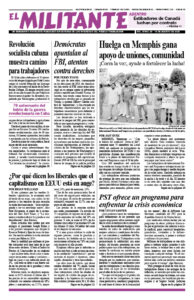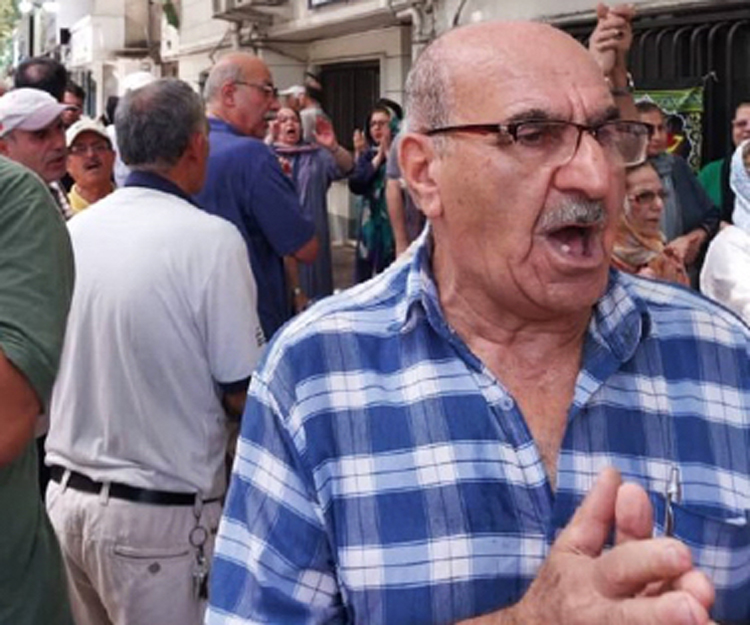On July 23, police in Rasht, Iran, 200 miles northwest of Tehran, attacked a demonstration of some 200 retirees and disabled people. They doused some protesters with pepper spray. Other recent protests of retirees have taken place without government interference.
“The government does not realize that by beating the pensioners, by arresting and imprisoning them in different cities, it can never silence them,” Ismail Gerami, an electrician who retired from the Iran Carton Company in 2008, wrote on the internet page of the National Alliance of Iran Retirees. Gerami himself has been in and out of prison, like thousands of other union, teacher and retiree activists.
“The pensioners do not gather in cold and heat, under snow and rain, in order to have fun! They don’t go to gatherings for cakes and sandwiches nor for hidden rewards!” he said, alluding to one of the ways the bourgeois-clerical regime in Tehran seeks to build participation in its actions.
“High prices and inflation, skyrocketing rents, high costs of medical treatment and education,” Gerami notes, “and worst of all, low wages and salaries” have made it hard for young people to get married and start families.
“Which family member does not know that the cause of this bitterness and misery of life is the government,” he says. Sooner or later it won’t be just the retirees at these protests, “they will come with all their family members.”
These weekly protests, demanding higher pensions and better health care, began in January and have been gathering steam. Now they take place around the country every Sunday, Monday and Tuesday.
Meanwhile, the government’s Fars News Agency announced the regime plans to increase the price of bread — “gradually.” In some regions it had already increased 40% by the end of July.


